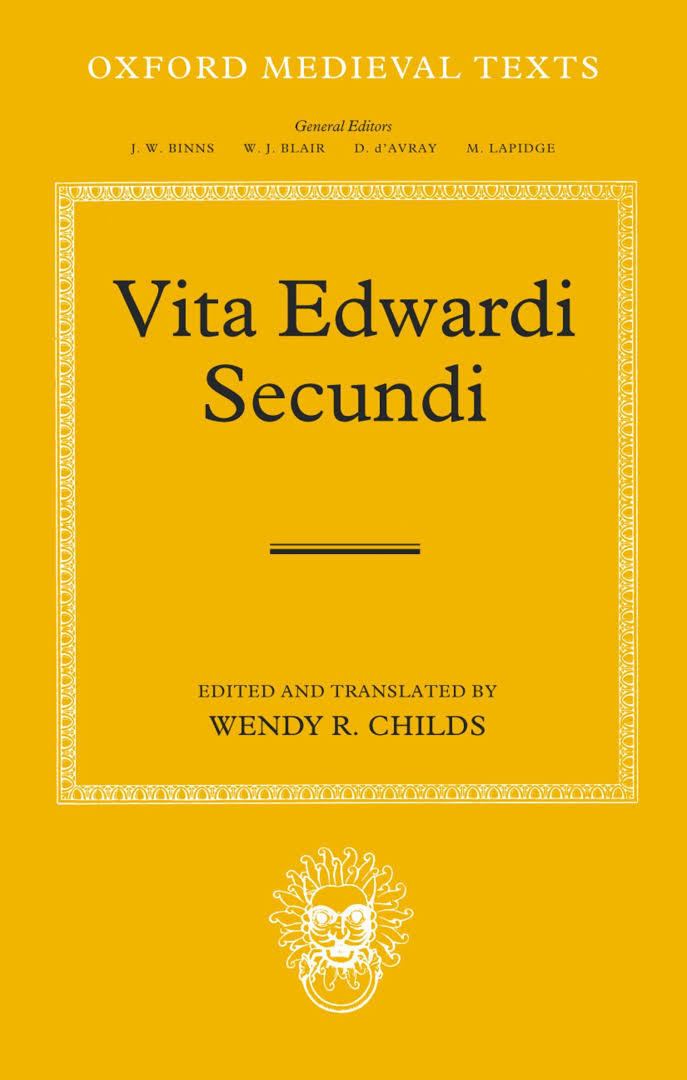 | ||
Similar Scalacronica, Scotichronicon, Flores Historiarum, The greatest traitor, The Brus | ||
The Vita Edwardi Secundi (Life of Edward II) is a Latin chronicle most likely written in 1326 by an unknown English medieval historian contemporary to Edward II. It covers the period from 1307 until its abrupt end in 1326.
The earliest surviving version of the Vita is a copy made by Thomas Hearne in 1729 from a manuscript lent to him by James West. The original is thought to have been burnt some years later along with many of West’s other papers. The manuscript is known to have come from the Benedictine Abbey of Malmesbury, but it is not known if the work was written there.
The author is unknown, but aspects of his character can be inferred from his work. He was a highly educated person, shown in his use of biblical quotations and knowledgeable references to the Civil Law of the time. He was likely to have been of advanced age, due to both his apparent death in 1326 and his despair at “the young men of today.” A popular candidate for the authorship of the Vita is a lawyer from Herefordshire and clerk to the Earl of Hereford: John Walwayn. The most recent theory about the date in which it was written was put forward by Professor C.J. Given-Wilson. He thought the Vita was written at intervals throughout Edward’s reign, this is supported by the seeming lack of future knowledge shown by the author at different stages of his work.
